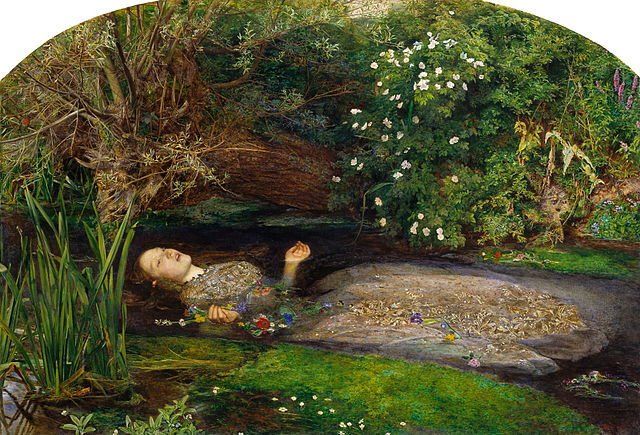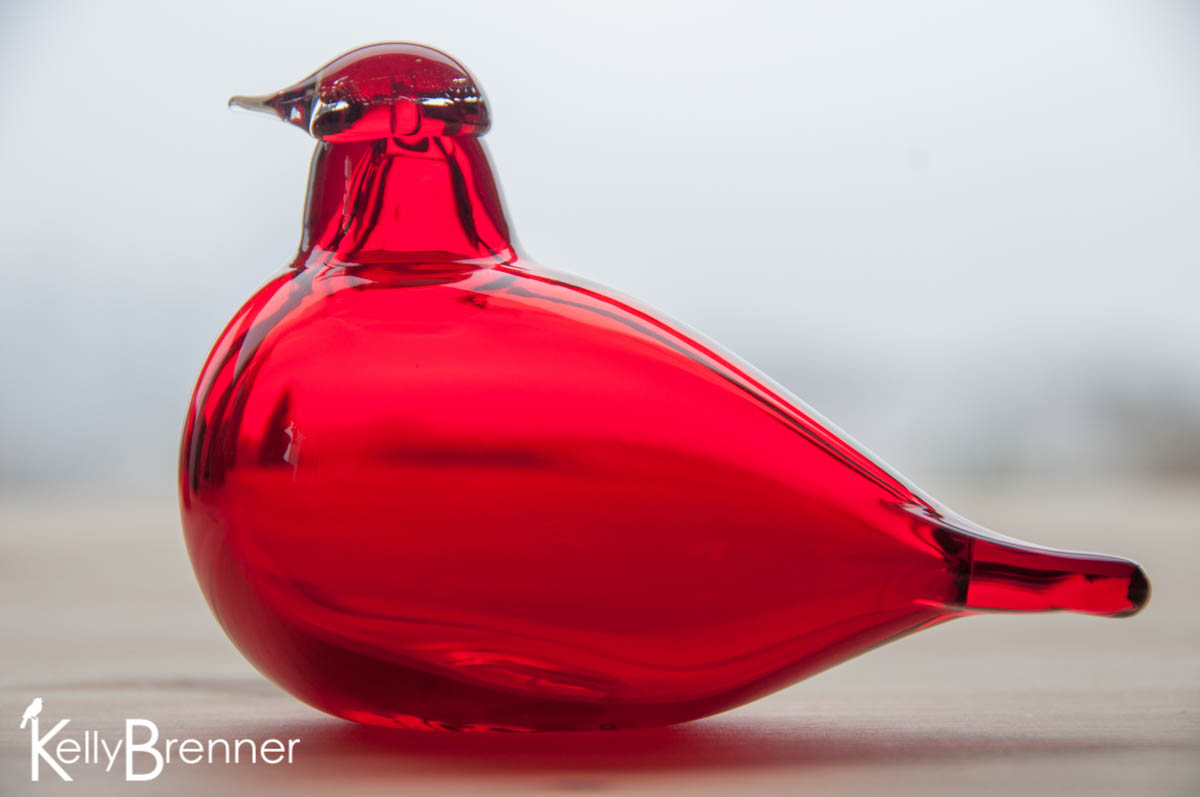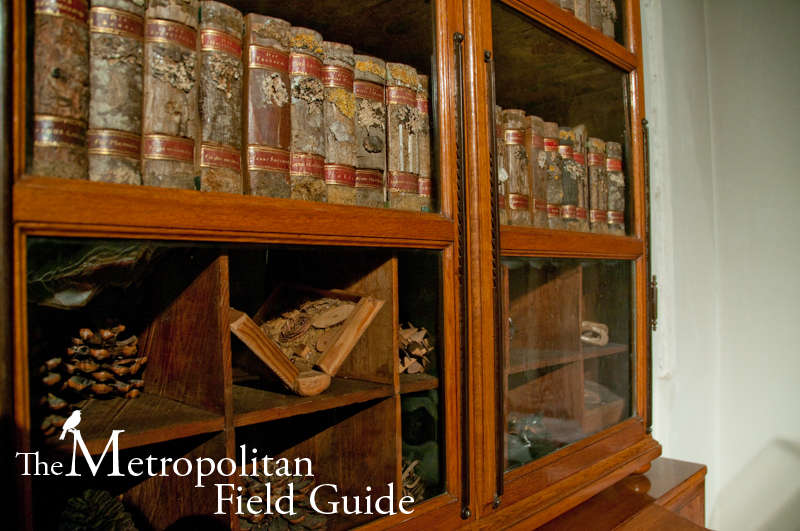This was originally published on Native Plants & Wildlife Gardens.
Plants are beneficial for a lot of reasons such as providing habitat and food for wildlife. However, lest we forget, plants are also important to humans, not just for food and shelter, but for the arts. In the first of a short series of posts I’m going to look at some of the arts in which plants have been an inspiration. The first is poetry, the idea came to me while reading Weeds: In Defense of Nature’s Most Unloved Plants by Richard Mabey, a fascinating book about the most resilient plants (and the subject of another future post). In it he discusses some of these weeds and how many of them have been depicted in poetry and other writings including those of the most famous of all, The Bard of Avon.
Plants as Symbolism
Hamlet, Act IV, Scene V by William ShakespearePlants were often used in poems as symbols or metaphors and Shakespeare was a great one for symbolism. In Hamlet, the scene in which Ophelia hands out flowers during her mental descent is loaded with symbolism, which carried over to the painting Ophelia by John Everett Millais. Most of the flowers found in this painting are mentioned in the play or have symbolic meaning. For example the nettles represent pain, the daisies, which are mentioned in her speech below, symbolize innocence, violets represent faithfulness and the weeping willow represents forsaken love.
“There’s rosemary, that’s for remembrance; pray,
love, remember: and there is pansies. that’s for thoughts.
There’s fennel for you, and columbines: there’s rue
for you; and here’s some for me: we may call it
herb-grace o’ Sundays: O you must wear your rue with
a difference. There’s a daisy: I would give you
some violets, but they withered all when my father
died: they say he made a good end,–“
Plants as Lessons & Morals
Plants can also be used to describe beauty such as comparing a beautiful woman with a rose while at other times they depict morals and lessons such as is the case with Shel Silverstein’s ‘The Oak and the Rose’, which can be found in A Light in the Attic.
The Oak and the Rose by Shel Silverstein
 An oak tree and a rosebush grew,
An oak tree and a rosebush grew,
Young and green together,
Talking the talk of growing things-
Wind and water and weather.
And while the rosebush sweetly bloomed
The oak tree grew so high
That now it spoke of newer things-
Eagles, mountain peaks and sky.
I guess you think you’re pretty great,
The rose was heard to cry,
Screaming as loud as it possibly could
To the treetop in the sky.
And now you have no time for flower talk,
Now that you’ve grown so tall.
It’s not so much that I’ve grown, said the tree,
It’s just that you’ve stayed so small.
An appreciation of nature
Many poets simply appreciated the beauty of the natural world and wrote about plants along with many birds and other wildlife species. This seems to be the case in ‘We Should Not Mind So Small a Flower’ by the great American poet, Emily Dickinson, who wrote a great deal about the natural world.
We Should Not Mind So Small a Flower by Emily Dickinson
 We should not mind so small a flower,
We should not mind so small a flower,
Except it quiet bring
Our little garden that we lost
Back to the lawn again.
So spicy her Carnations red,
So drunken reel her Bees,
So silver steal a hundred Flutes
From out a hundred trees,
That whoso sees this little flower,
By faith may clear behold
The Bobolinks around the throne,
And Dandelions gold.
It’s lucky for us that so many poets and artists paid attention to the natural world and the plants that surrounded them. Of course how could we think that poets would miss seeing the beauty all around them and using it for inspiration? Do you have a favorite poem inspired by a plant? Please share it in the comments below!
I’d be remiss if I didn’t include a poem from one of my favorite poets, William Butler Yeats, so I leave you with this one.
The Withering Of The Boughs by William Butler Yeats
I cried when the moon was murmuring to the birds:
‘Let peewit call and curlew cry where they will,
I long for your merry and tender and pitiful words,
For the roads are unending, and there is no place to my mind.’
The honey-pale moon lay low on the sleepy hill,
And I fell asleep upon lonely Echtge of streams.
No boughs have withered because of the wintry wind;
The boughs have withered because I have told them my dreams.
I know of the leafy paths that the witches take
Who come with their crowns of pearl and their spindles of wool,
And their secret smile, out of the depths of the lake;
I know where a dim moon drifts, where the Danaan kind
Wind and unwind their dances when the light grows cool
On the island lawns, their feet where the pale foam gleams.
No boughs have withered because of the wintry wind;
The boughs have withered because I have told them my dreams.
I know of the sleepy country, where swans fly round
Coupled with golden chains, and sing as they fly.
A king and a queen are wandering there, and the sound
Has made them so happy and hopeless, so deaf and so blind
With wisdom, they wander till all the years have gone by;
I know, and the curlew and peewit on Echtge of streams.
No boughs have withered because of the wintry wind;
The boughs have withered because I have told them my dreams.






I have always liked this one: http://allpoetry.com/poem/8538991-The_Giving_Tree-by-Shel_Silverstein
Thanks.